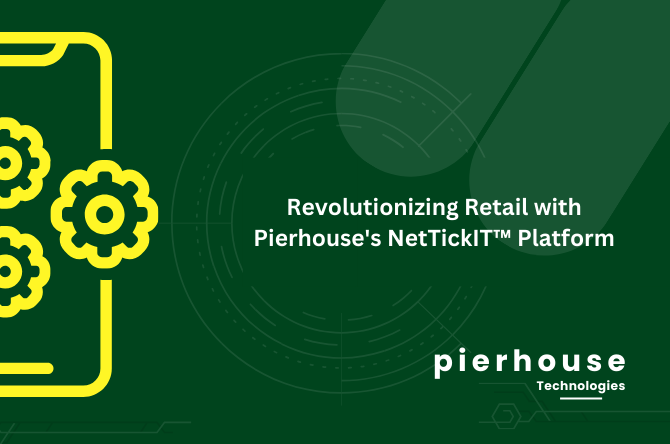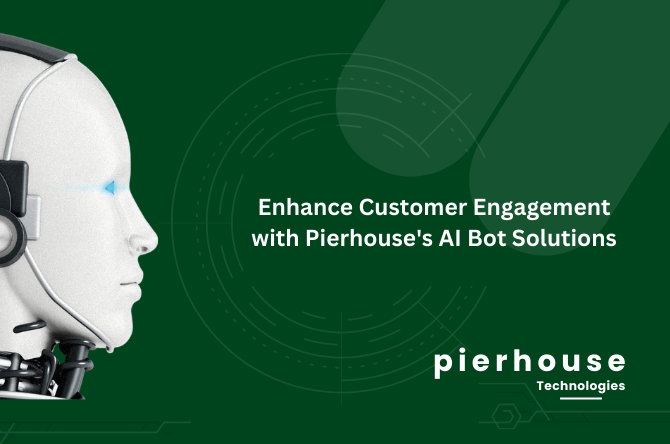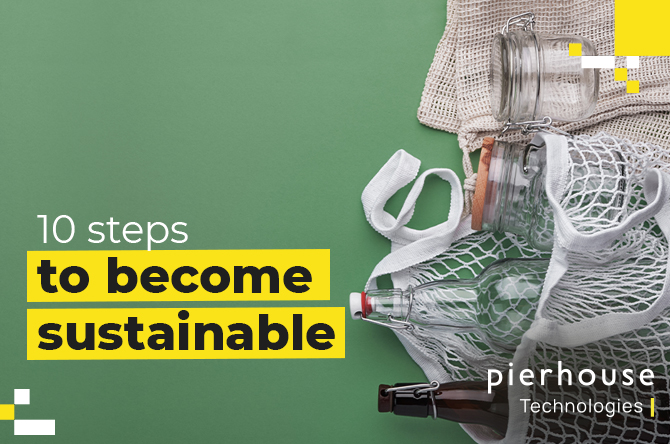The pace of change in retail is rapid with modern day shoppers demanding what they want, when they want it from wherever they want it. Retailers face huge challenges to unite online offerings with in-store experience presenting a unified service, consistent branding and first class customer experience.
But how can retailers effectively bridge the gap between clicks and bricks and mortar to bring consistency of shopping to customers? That’s where the Internet of Things (IoT) comes into play. So what is this phenomenon that is now high on the retail agenda?
IoT enables objects to have network connectivity so that they can share information between themselves and with smartphones, tablets and computers. This offers endless possibilities helping to improve business processes, drive efficiency and lower costs, whilst allowing retailers to reach out to customers directly. IDC predicts that IoT will grow from $1.9 trillion in 2013 to $4.6 trillion by 2018, with a CAGR of 19%. The tipping point has been the growth in the number of connected devices, which now significantly outweighs the number of users in the world. Gartner predicts that there will be 25 billion connected devices by 2020 and therefore this is a key area of investment in order to unlock return on investment for the future.
Internet of Things in Stores
Consumer industries are pioneering IoT adoptions and Retail in particular has seen much interest in this area. According to IDC, retailers will invest more than $466 million in IoT implementations by 2017. However, what are the main benefits of these projects and what can customers expect to see?
Asset management is a key area where IoT can bring value. Control and maintenance are made easier, and access to live data about all assets enables greater agility and response to changing conditions. Retailers also gain significant benefits from real-time track and traceability of goods through the supply chain with the use of RFID. Instant shelf replenishment, automation and improved store security are possible, bringing huge cost savings and improved processes. Crucial operational data can be gathered, making retailers smarter and more agile.
IoT makes greater customer personalization a reality. Beacons, augmented reality, shopping apps and smart changing rooms are all examples of how retailers can build direct interactions with shoppers during the buying process to gather vital behavioral data as well as form deeper relationships to drive sales, loyalty and repeat business. Privacy and customer acceptance are concerns for some retailers, but if the compelling value propositions are implemented in the right way then research shows that consumers will be willing to accept retailer advances.

Amazon Tide Button
IoT is becoming mainstream and is not only found in the store environment but more examples are popping up in our homes. Hive from British Gas, the Darty button and now Amazon’s Dash button are all examples of how we can save time, interact easily with retailers and other suppliers and track our own consumption of goods. The Amazon button allows you to click and order specific replacement goods for next day delivery, without having to login into your account and input any additional information. This makes it easy for us time poor individuals, whilst giving us the much needed physical involvement when making the purchase of pushing an actual button. Wearable technology, like the Apple watch takes us a step further to instant transactions and engagements and so it will be interesting to track its adoption rates.
So will we be seeing robotic store associates in futuristic stores at any time soon? The answer is not in the immediate future. At RBTE earlier this year, retailers discussed how IoT is definitely high on their agenda, but initial costs, privacy issues and the scale of implementations are current barriers to adoption. Many retailers have conducted trials of different IoT projects, especially in asset management, but large roll outs are yet to follow. IoT is essential in brining cloud, mobile, social and big data strategy investments to life but this will take some time. Retailers first need to upgrade their current core systems and processes making them adaptable to the addition of best in class applications that can bring great bottom line benefits and enhanced customer relationships.





